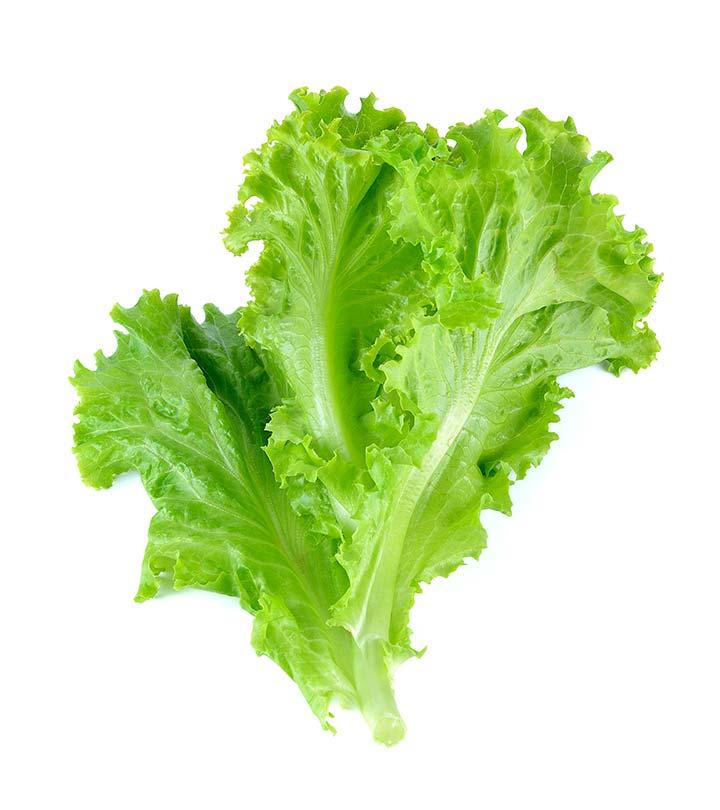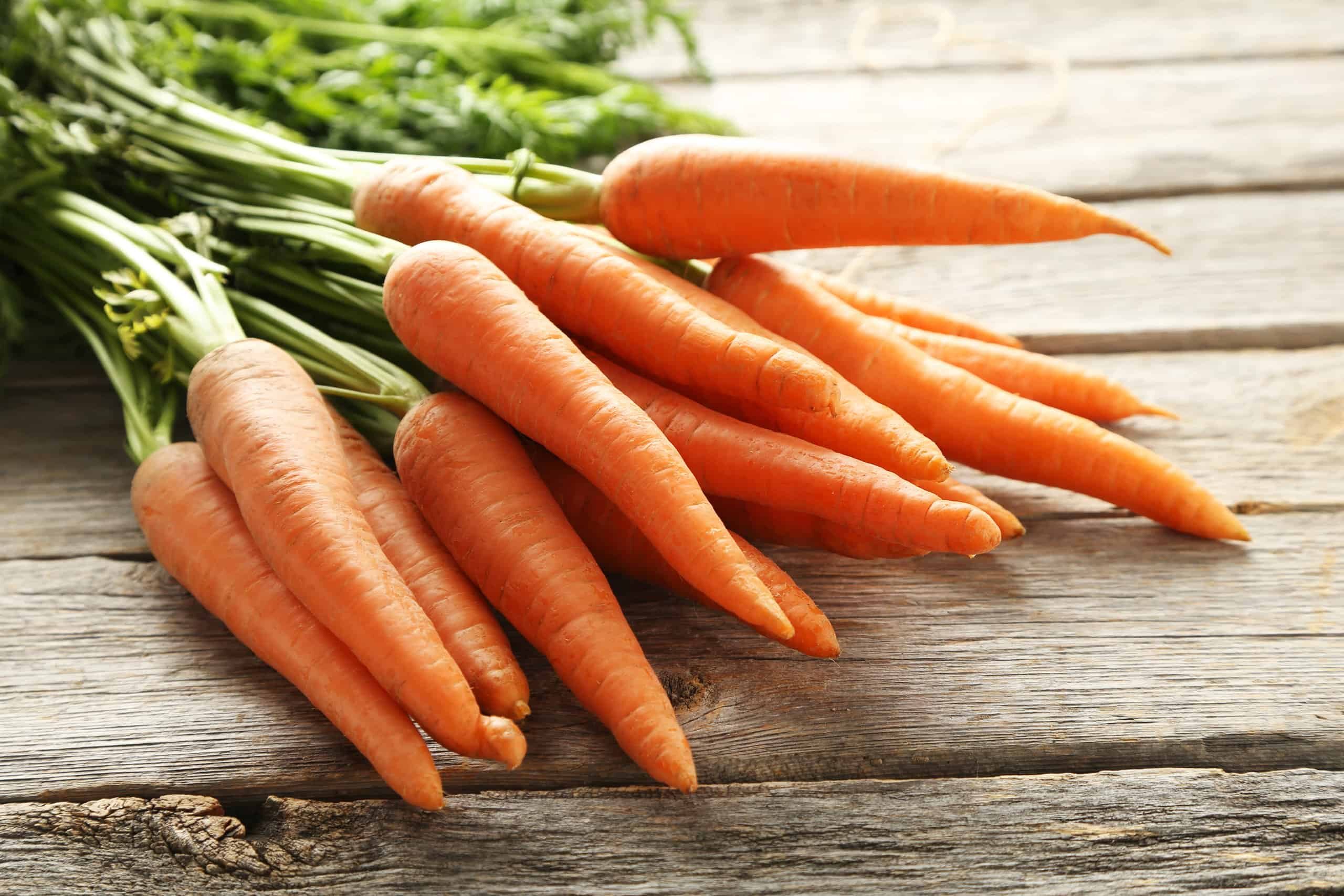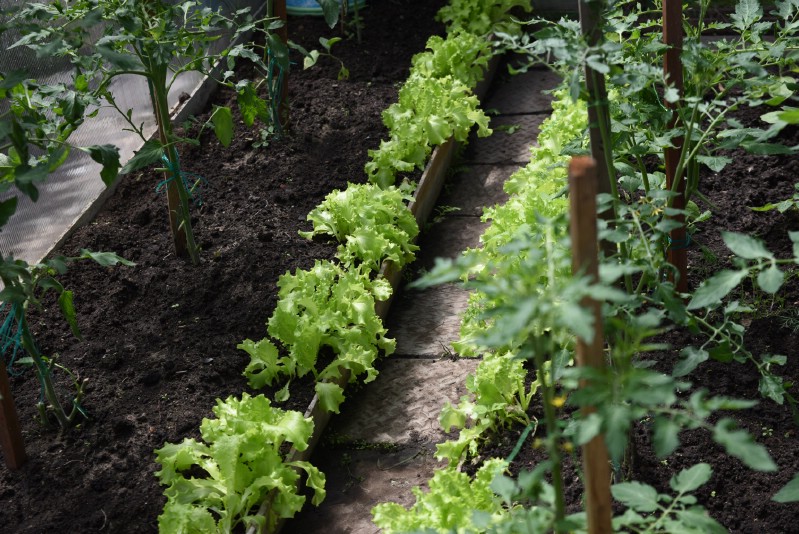The Ultimate Guide To Intercropping Tomatoes For A Bountiful Harvest
The Ultimate Guide to Intercropping Tomatoes for a Bountiful Harvest
Tomatoes are a delicious and versatile vegetable that can be grown in most gardens. But did you know that you can improve your tomato harvest by intercropping? Intercropping is the practice of planting two or more crops together in the same space. This can help to improve soil health, reduce pest and disease pressure, and increase yields.
In this guide, we will discuss the benefits of intercropping tomatoes, and provide you with a list of companion plants that can help you to grow a bountiful harvest.
Benefits of Intercropping Tomatoes
There are many benefits to intercropping tomatoes. Some of the most important benefits include:
- Improved soil health: Intercropping can help to improve soil health by increasing the diversity of beneficial microorganisms in the soil. This can lead to better drainage, increased nutrient availability, and reduced soil erosion.
- Reduced pest and disease pressure: Companion plants can help to attract beneficial insects that prey on pests, or they can produce chemicals that deter pests. This can help to reduce the need for pesticides, which can be harmful to the environment and your health.
- Increased yields: Intercropping can help to increase yields by making more efficient use of space. Companion plants can also provide shade and windbreaks, which can help to protect tomatoes from the elements.
Companion Plants for Tomatoes
There are many different companion plants that can be grown with tomatoes. Some of the most popular companion plants include:
- Basil: Basil is a classic companion plant for tomatoes. It helps to repel pests such as aphids and whiteflies, and it also enhances the flavor of tomatoes.
- Lettuce: Lettuce is a good choice for intercropping with tomatoes because it grows quickly and doesn't require a lot of space. Lettuce also helps to suppress weeds, and it can be harvested before the tomatoes are fully mature.
- Spinach: Spinach is another good choice for intercropping with tomatoes. It is a cool-season crop that can be planted early in the season, and it helps to suppress weeds.
- Green onions: Green onions are a versatile herb that can be used in many different dishes. They also help to repel pests such as thrips and spider mites.
- Garlic: Garlic is a strong-flavored herb that can help to repel pests such as root-knot nematodes. It also helps to improve the flavor of tomatoes.
- Carrots: Carrots are a good choice for intercropping with tomatoes because they have different root systems. This means that they won't compete for water or nutrients. Carrots also help to suppress weeds.
- Swiss chard: Swiss chard is a leafy green that can be harvested throughout the growing season. It is a good choice for intercropping with tomatoes because it doesn't require a lot of space.
- Radishes: Radishes are a fast-growing crop that can be harvested in just a few weeks. They are a good choice for intercropping with tomatoes because they help to break up the soil and improve drainage.
How to Intercrop Tomatoes
When intercropping tomatoes, it is important to choose companion plants that have similar growing requirements. For example, you would not want to plant a tomato with a plant that requires a lot of water, if the tomato is already a heavy water user.
It is also important to consider the size of the plants when intercropping. For example, you would not want to plant a tomato with a plant that has a large root system, if the tomato has a small root system.
Once you have chosen your companion plants, you can plant them in your garden. When planting, be sure to space the plants according to their individual requirements.
Conclusion
Intercropping tomatoes is a great way to improve your tomato harvest. By planting companion plants with your tomatoes, you can improve soil health, reduce pest and disease pressure, and increase yields.
If you are new to intercropping, start by planting a few companion plants with your tomatoes. As you gain experience, you can experiment with different companion plants and find the ones that work best for your garden.
If you're looking to maximize your tomato harvest, consider intercropping. Intercropping is the practice of planting different crops together in the same space. This can help to improve the overall health and productivity of your garden, as well as attract beneficial insects and pollinators.
Some of the best plants to intercrop with tomatoes include:
- Lettuce: Lettuce is a low-growing crop that can tolerate some shade, making it a good choice for planting under tomato plants. It also helps to suppress weeds and improve the soil quality.
- Spinach: Spinach is another low-growing crop that is tolerant of shade. It also helps to attract beneficial insects, such as ladybugs, which can help to control pests.
- Green onions: Green onions are a versatile herb that can be used in both cooking and salads. They also help to repel pests, such as aphids and tomato hornworms.
- Garlic: Garlic is a powerful herb that can help to protect tomatoes from pests and diseases. It also helps to improve the flavor of tomatoes.
- Carrots: Carrots are a deep-rooted crop that can help to break up the soil and improve drainage. They also help to attract beneficial insects, such as bees and wasps.
For more information about plants to intercrop with tomatoes, visit Gardenia Inspiration. This website provides a comprehensive list of companion plants, as well as tips on how to successfully intercrop your garden.
FAQ of plants to intercrop with tomatoes
Q: What are some good plants to intercrop with tomatoes?
A: There are many good plants that can be intercropped with tomatoes. Some of the most popular choices include:
- Lettuce: Lettuce is a low-growing plant that doesn't shade out tomatoes. It also helps to suppress weeds and attract beneficial insects.

- Spinach: Spinach is another low-growing plant that is compatible with tomatoes. It is also a good source of vitamins and minerals.

- Green onions: Green onions are a quick-growing plant that can be harvested several times throughout the season. They help to repel pests and add flavor to tomato dishes.

- Garlic: Garlic is a tall plant that can help to protect tomatoes from pests and diseases. It also adds flavor to tomato dishes.

- Carrots: Carrots are a deep-rooted plant that doesn't compete with tomatoes for water or nutrients. They also help to suppress weeds.

Q: What are the benefits of intercropping tomatoes?
A: There are several benefits to intercropping tomatoes. Some of the most notable benefits include:
- Increased yields: Intercropping can help to increase tomato yields by up to 30%.
- Improved soil health: Intercropping can help to improve soil health by suppressing weeds, attracting beneficial insects, and increasing organic matter content.
- Reduced pest and disease pressure: Intercropping can help to reduce pest and disease pressure by attracting beneficial insects and providing habitat for natural enemies of pests.
- Diversified crop rotation: Intercropping can help to diversify crop rotation, which can help to reduce the risk of soil-borne diseases.
Q: What are some things to consider when intercropping tomatoes?
A: There are a few things to consider when intercropping tomatoes. Some of the most important considerations include:
- Plant height: The height of the plants should be considered so that they don't shade each other out.
- Plant spacing: The plants should be spaced far enough apart so that they have enough room to grow.
- Competitive needs: The plants should have similar competitive needs so that they don't compete for resources.
- Pest and disease resistance: The plants should be resistant to the same pests and diseases so that they don't spread diseases to each other.
Q: How do I plant tomatoes with other plants?
A: When planting tomatoes with other plants, it is important to follow these steps:
- Choose the right plants. Make sure that the plants you choose are compatible with each other and that they have similar growing requirements.
- Prepare the soil. The soil should be well-drained and fertile.
- Plant the tomatoes and the other plants at the same time.
- Water the plants regularly.
- Fertilize the plants as needed.
Q: What are some common mistakes to avoid when intercropping tomatoes?
A: There are a few common mistakes to avoid when intercropping tomatoes. Some of the most common mistakes include:
- Planting the plants too close together. This can lead to competition for resources and reduced yields.
- Planting the plants in the wrong location. The plants should be planted in a location that receives full sun and has well-drained soil.
- Not watering the plants regularly. Tomatoes and other intercropped plants need regular watering, especially during hot, dry weather.
- Not fertilizing the plants. Tomatoes and other intercropped plants need regular fertilization to produce a good crop.
Image of plants to intercrop with tomatoes
- Basil: Basil is a classic companion plant for tomatoes, and for good reason. It helps to deter pests, such as aphids and whiteflies, and it also enhances the flavor of tomatoes.
- Chives: Chives are another great companion plant for tomatoes. They help to repel pests, such as root aphids and nematodes, and they also add a touch of flavor to tomato dishes.
- Lettuce: Lettuce is a cool-season crop that can be planted in early spring or fall. It grows well in the same soil as tomatoes, and it helps to suppress weeds.

- Spinach: Spinach is another cool-season crop that can be planted with tomatoes. It is a good source of vitamins and minerals, and it helps to improve the soil structure.

- Carrots: Carrots are a root crop that can be planted in the same bed as tomatoes. They help to break up the soil, which improves drainage and aeration.

Post a Comment for "The Ultimate Guide To Intercropping Tomatoes For A Bountiful Harvest"